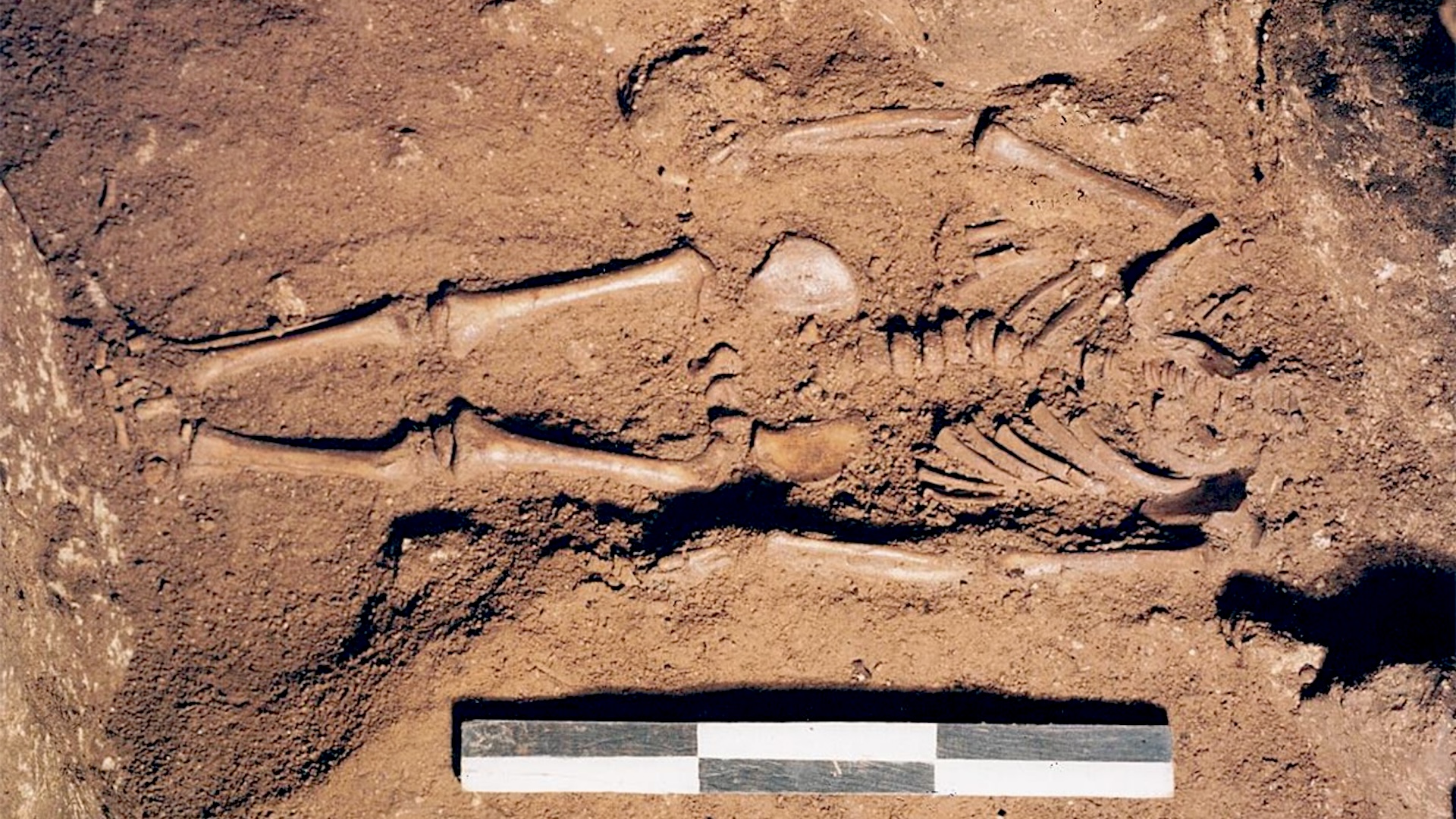Metals, Vol. 13, Pages 1747: Formation of Cu Nanotwins on Silicon Carbide Wafers with Cr Adhesive Layer under Various Substrate Bias
Metals doi: 10.3390/met13101747
Authors: Devi Indrawati Syafei Meng-Ting Chiang Tung-Han Chuang
This study focuses on the analyses of nano-twinned copper (Cu) films deposited through magnetron sputtering on silicon carbide (SiC) chips. The investigation encompasses the utilization of a chromium (Cr) adhesive layer coupled with varying voltage bias conditions. The goal is to comprehensively examine the influence of the adhesive layer and negative bias voltages, contributing to an enhanced understanding of materials engineering and bonding technologies for advanced applications. The formation of a nano-twinned structure and (111) surface orientation can be properly controlled by applied substrate bias. High-density nanotwinned structures were introduced into Cu films sputtered on SiC substrates with 82.3% of (111) orientation proportion at −150 V, much higher than the Cu film sputtered with another substrate bias. It is concluded that the sputtered Cu nanotwinned film formed with −150 V bias voltage has the potential to be employed as the interlayer for low-temperature direct bonding.

 1 year ago
28
1 year ago
28


